Injection Tips to Remember at Calf-Working Time
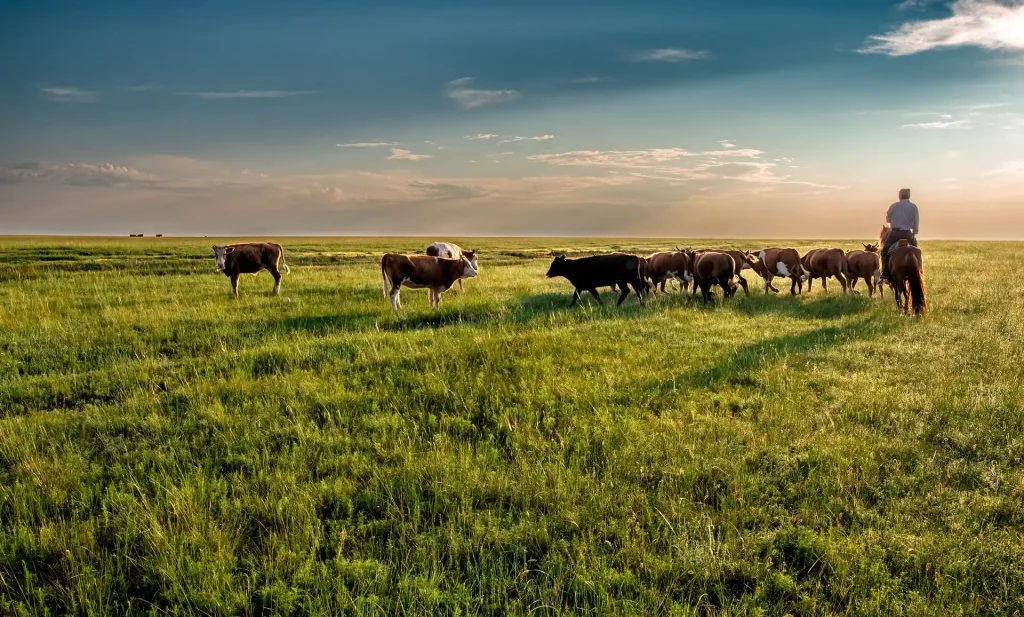
Spring is the time for calving seasons, with April and May traditionally when “spring round-ups” take place. This is the time that large and small cow/calf operations schedule the “working” of the calves. As the majority of the calves reach their second month of life, it is time to castrate the male calves (if this has not […]
Keep Your Cattle Thriving: 4 Tips for Feedlot Health
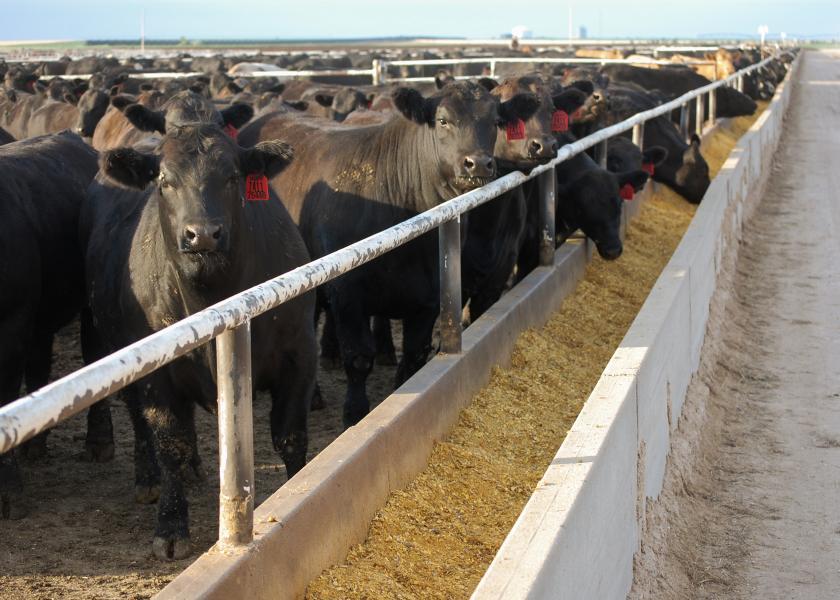
Healthy cattle not only benefit from improved welfare but also contribute to a sustainable and successful beef production operation In the dynamic environment of a feedlot, proactive management of animal health is vital to prevent crises, particularly considering the prevalence of dangers like Bovine Respiratory Disease (BRD). Cattle can conceal signs of BRD, which makes […]
Drovers 2023 State of the Beef Industry Report
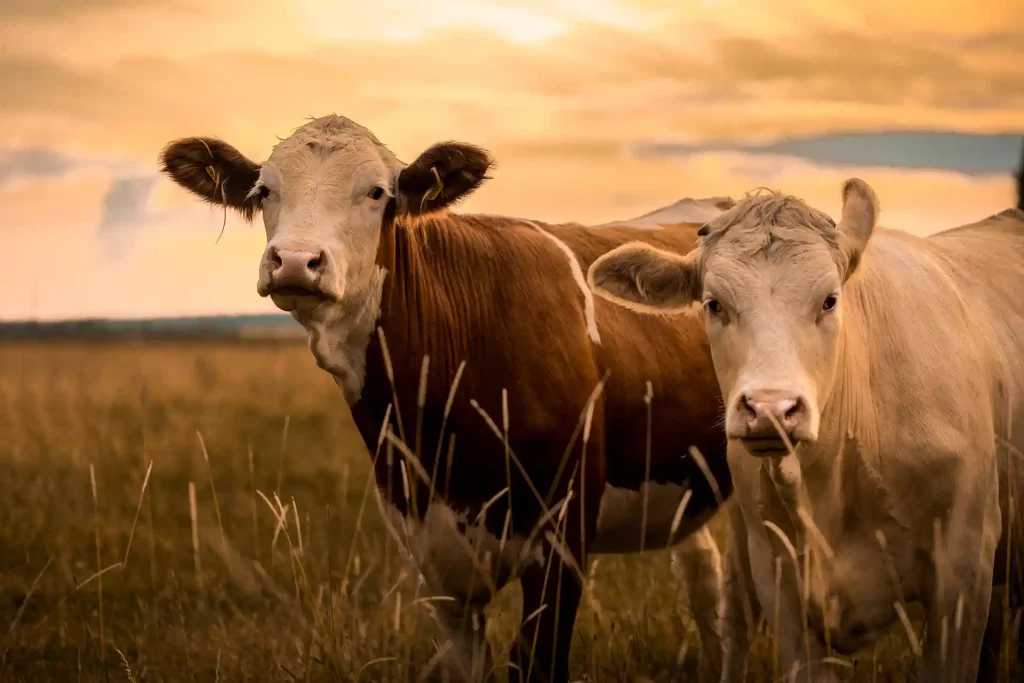
150th Anniversary State of the Industry report is designed to provide a benchmark of information to help producers make successful decisions.
Producer Perspectives: Animal Health’s Role in Balancing Economic, Environmental and Social Aspects of Production
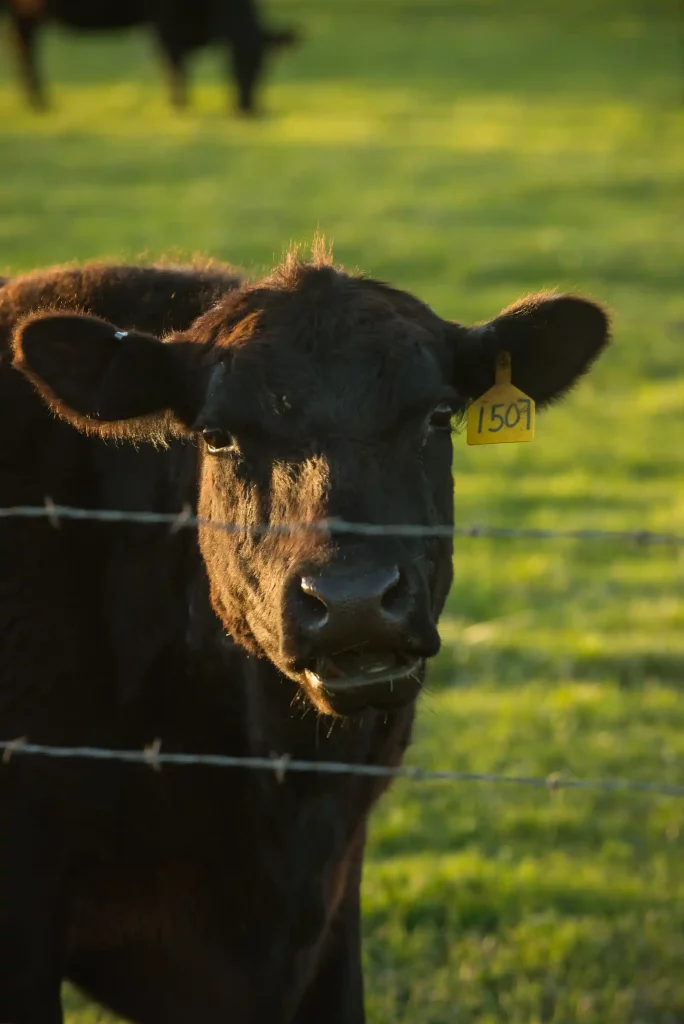
Dr. Jessica Fink of Merck Animal health recently moderated a panel discussion on how producers are improving the sustainability of beef cattle production in their operations, covering animal care, grazing management, documentation, animal productivity and how best practices in production feed into sustainable operations. Hear from producers Jake Cowen, Cowen Cattle Company, Seymour, Texas; Debbie […]
Strategies For Adjusting Livestock Inventory During Drought
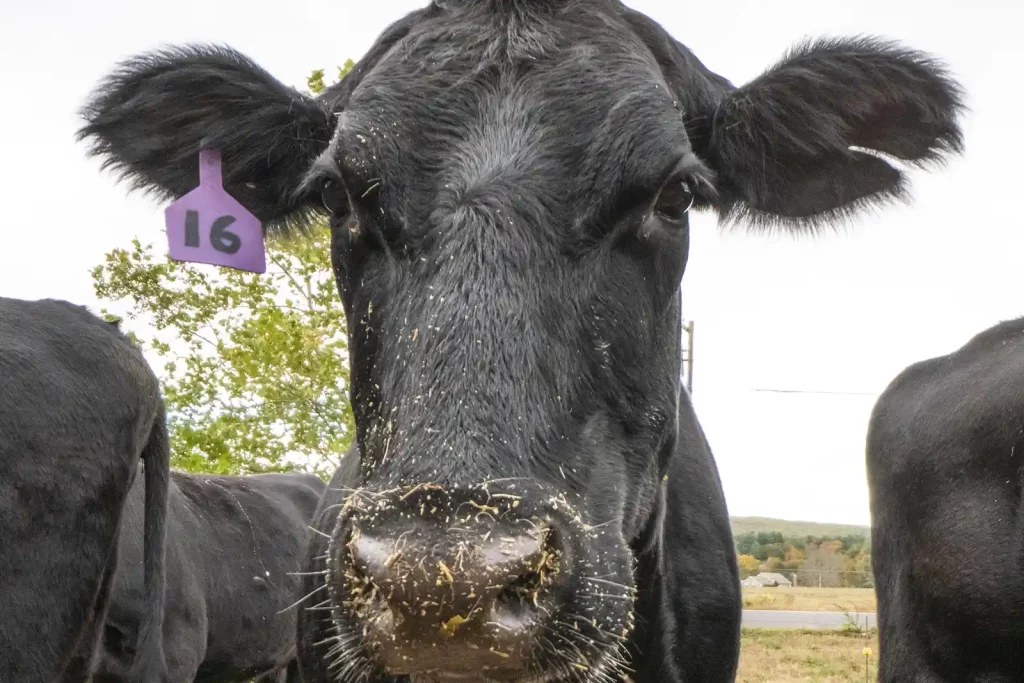
Nebraska’s cattle producers face almost annual pressure to consider options for reducing stocking rates on rangeland and pasture when dry conditions persist. There are three main options to reduce stocking rates: supplement/substitute feed, ship cattle to non-drought areas and sell cattle, according to Aaron Berger, beef educator at University of Nebraska-Lincoln. Supplement/Substitute Feed Feeding cattle […]
Antibiotic Residue & Tissue Risk Assessment
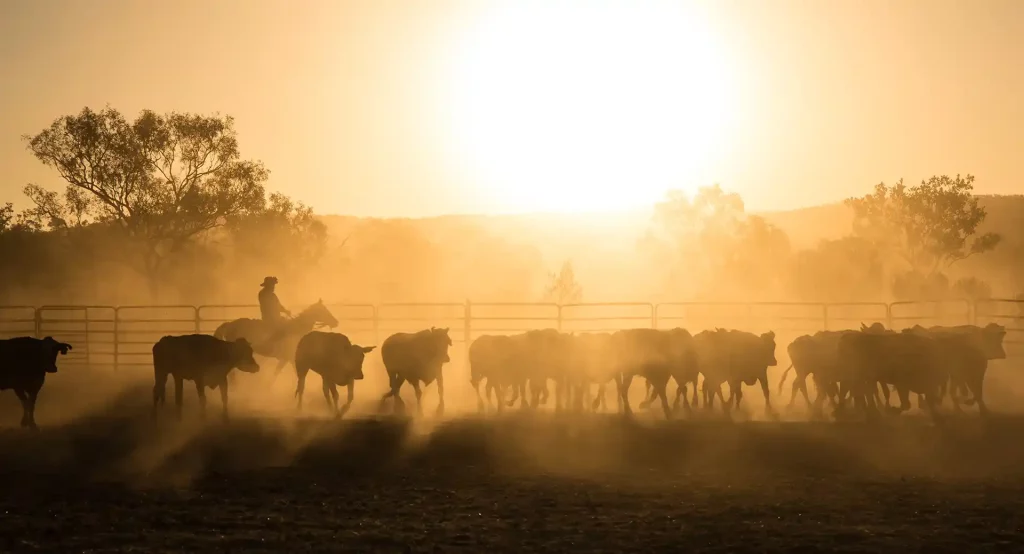
The Beef Quality Assurance (BQA) program for antibiotic stewardship is rooted in a cattleman’s belief of doing the right thing. The judicious use of antibiotic technologies is no exception to the goal of producing high-quality, wholesome and healthy beef. BQA guidelines are designed to make certain all beef consumers can take pride in what they […]
Top Signs That Can Mean an Animal is Sick
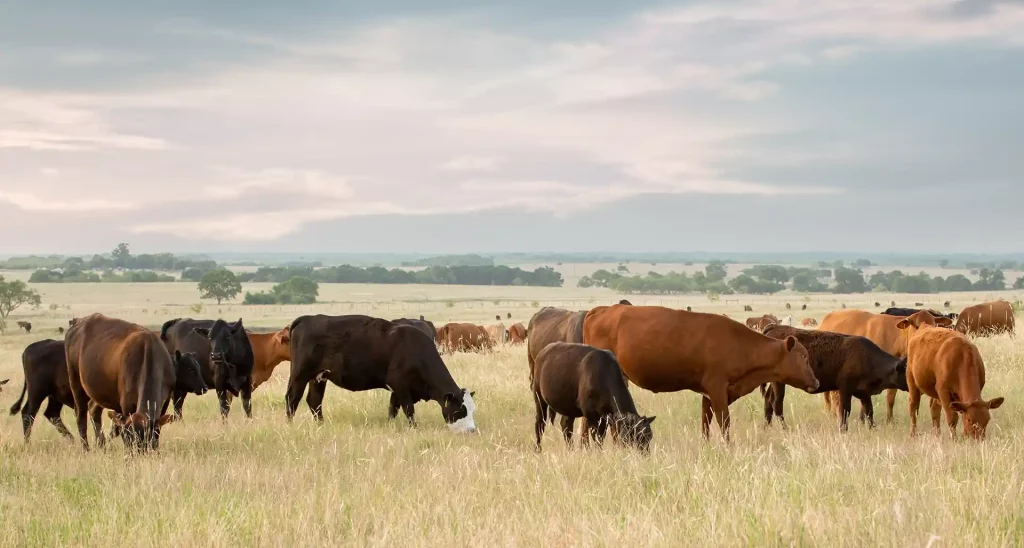
Ranchers can’t always tell if they have a sick animal in their herd. That’s because, as prey animals, they don’t want predators to know they’re sick, so they’ve become pretty good at masking symptoms. That means you have to know what normal looks like so you can watch for small differences in behavior. Luckily, there […]
The Code of Cattle Care
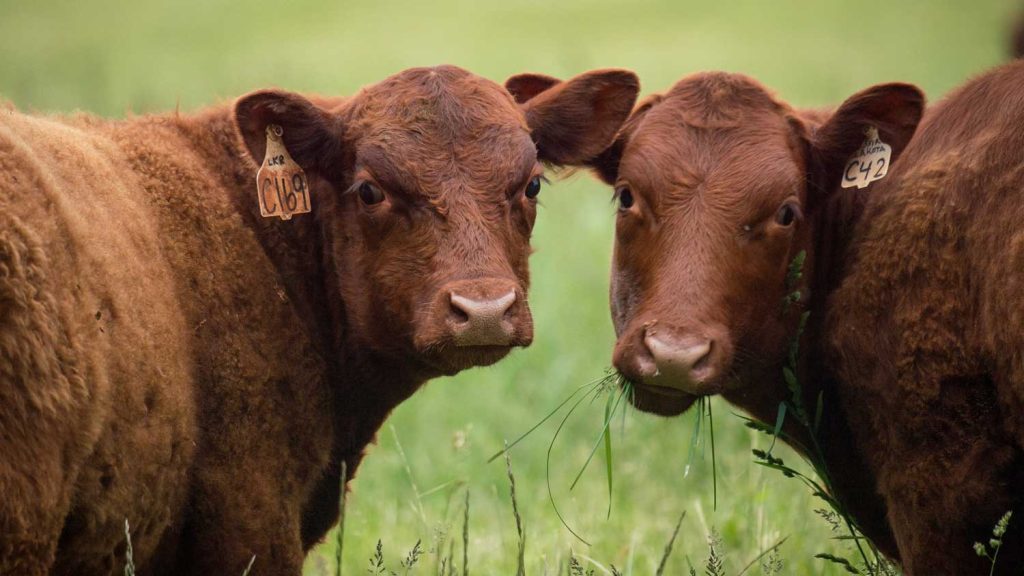
Beef cattle producers take pride in their responsibility to provide proper care to cattle. Beef Quality Assurance (BQA) is a program that trains farmers and ranchers on best practice cattle management techniques to ensure their animals and the environment are cared for within a standard set of guidelines across the U.S. beef industry. This Code of […]
Purpose and Components of Beef Cattle Handling Facilities
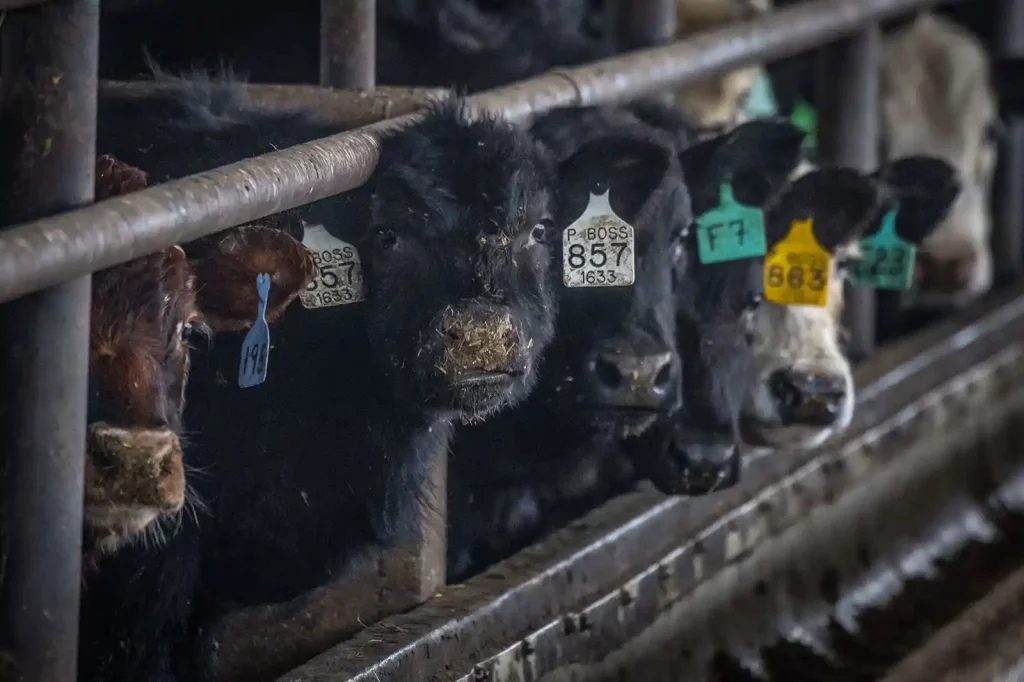
Good cattle handling facilities are necessary for all cattle operations, regardless of the number of cattle. Cattle handling facilities have multiple uses: There are several important issues to consider when developing new or renovating existing animal handling facilities, according to the Mississippi State University Extension. The most important consideration is the intended uses or objectives. […]
How to Use Antibiotics Judiciously on Your Ranch
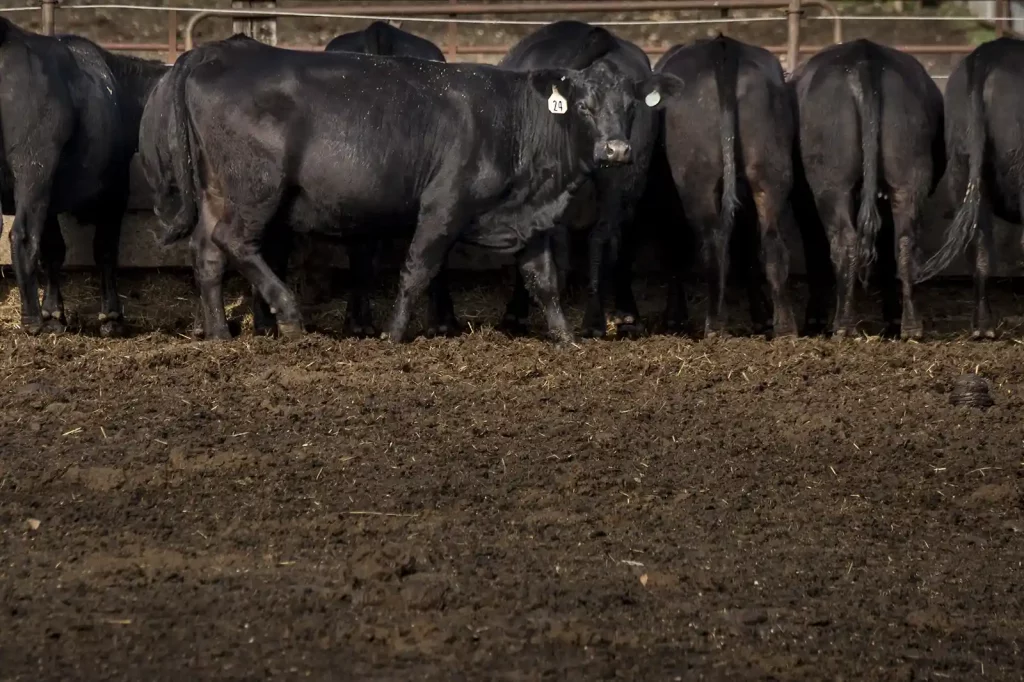
The Beef Quality Assurance Program (BQA) provides 14 Guidelines for the Judicious Use of Antibiotics. Get a framework for decision making here. Ranchers can find more information on these guidelines in the BQA Antibiotics Stewardship for Beef Producers Guidebook, according to the U.S. Roundtable for Sustainable Beef. Download the 14 Guidelines For Antibiotic Use to […]